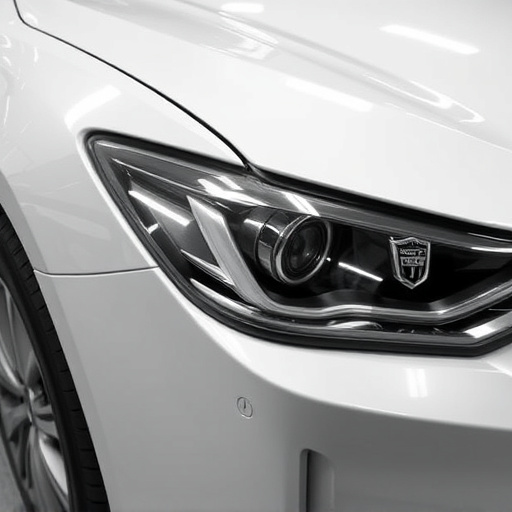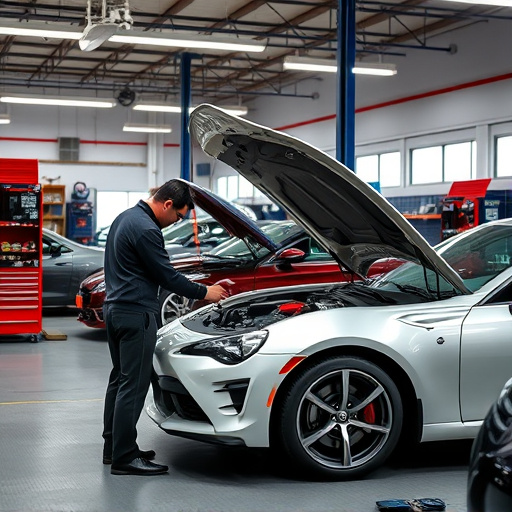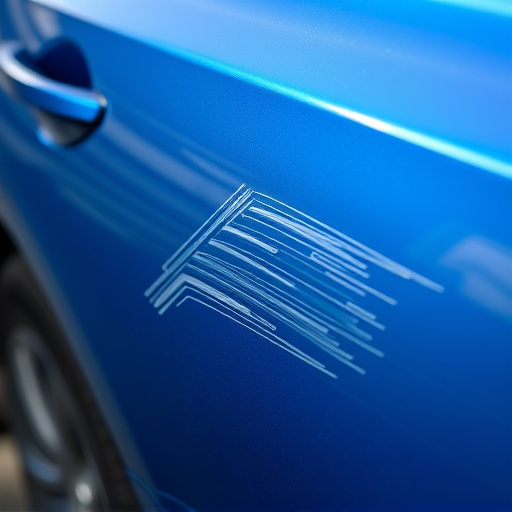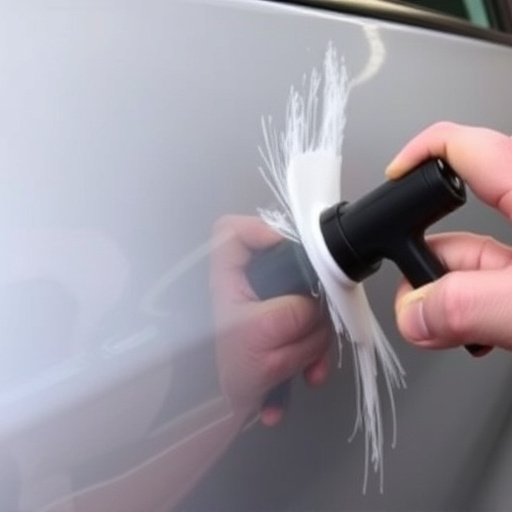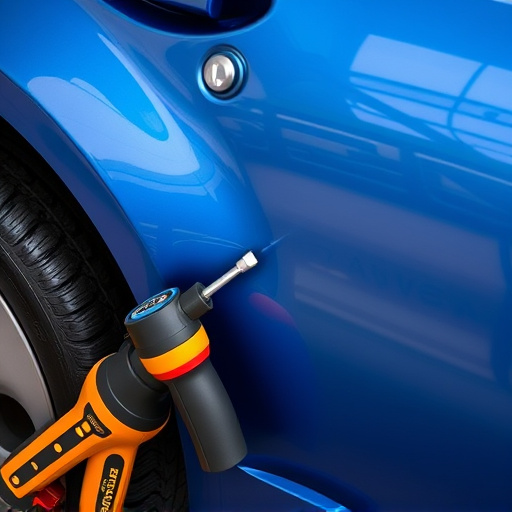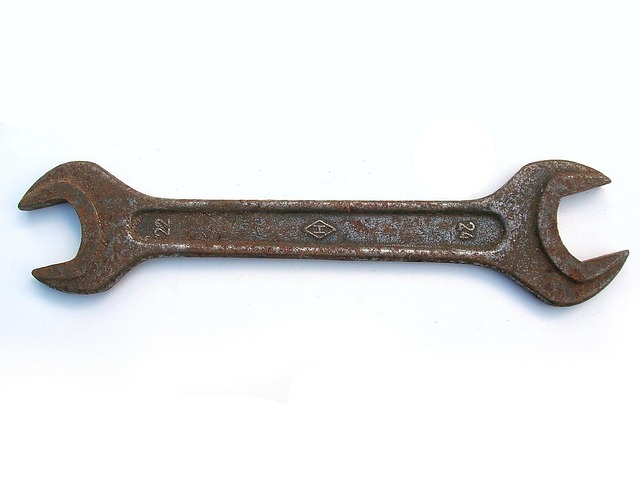After module or sensor replacements in Mercedes vehicles, a thorough safety system check is vital to ensure optimal performance and safety. This involves diagnostic scans, manual inspections of sensors and modules, and potential tire services for accurate collision avoidance and passenger protection. Regular maintenance guarantees the Mercedes safety system's operational integrity through seamless integration and reliable alerts.
After replacing a module or sensor in your Mercedes, a thorough safety system check is crucial. This isn’t just a technicality; it’s a vital step to ensure the vehicle’s advanced driver assistance systems function optimally. From understanding specific Mercedes safety system requirements to executing post-replacement checks and procedures, this guide covers essential steps to maintain peak performance and safety on the road.
- Understanding Mercedes Safety System Requirements
- Post-Replacement Sensor Checks and Procedures
- Ensuring Optimal Safety After Module Installation
Understanding Mercedes Safety System Requirements

Mercedes owners often pride themselves on the advanced safety features that come standard with their vehicles. However, understanding the intricacies of these systems is key to ensuring optimal performance and safety. When a module or sensor replacement is necessary, it’s crucial to remember that these components are integral parts of the car’s safety system. Therefore, a thorough Mercedes safety system check becomes imperative after any such repair or replacement.
This check isn’t merely a formality; it’s a critical process that verifies every component is functioning as intended. It involves rigorous testing of sensors, modules, and software to guarantee that the vehicle’s advanced driver-assistance systems (ADAS) are prepared to protect both passengers and other road users. Regular maintenance and these checks are essential, especially when comparing body shop services or considering a car restoration, ensuring any repairs are not just visually appealing but also safe.
Post-Replacement Sensor Checks and Procedures

After replacing a module or sensor, conducting a thorough Mercedes safety system check is imperative to ensure optimal vehicle performance and passenger protection. This process involves several steps that must be followed precisely to guarantee the integrity of the car’s safety features. The first step is to start the engine and allow it to reach operating temperature, as some sensors may require warm-up time to provide accurate readings. Next, a diagnostic scan is performed using specialized tools to check for any error codes or warnings related to the safety system. This scan can reveal issues with individual sensors or modules, guiding the automotive body shop’s technicians in their troubleshooting.
Following the initial scan, manual checks are conducted on each sensor and module, inspecting connections, cables, and physical damage. This includes verifying proper alignment, ensuring no loose connections, and checking for any visible wear or corrosion. Additionally, tire services might be included as part of this process, as certain sensors rely on wheel position and speed data to function correctly. By combining diagnostic technology with meticulous manual inspections, a reliable body shop service ensures that the Mercedes safety system is operational and ready to protect drivers and passengers on the road.
Ensuring Optimal Safety After Module Installation

After replacing a module or sensor in a Mercedes vehicle, conducting a thorough Mercedes safety system check is paramount to ensure optimal driving conditions and the highest level of passenger protection. This process involves verifying the functionality of every component that contributes to the car’s safety features, from collision avoidance systems to lane departure warnings. A comprehensive check ensures that all sensors, cameras, and software components are working in harmony, providing drivers with reliable alerts and interventions when needed.
During this assessment, auto repair specialists will inspect the car bodywork for any signs of damage or wear that could affect sensor performance. Even a minor car scratch repair might be necessary to ensure proper alignment and accurate readings from sensors located under or within the vehicle’s surface. By combining advanced diagnostic tools with meticulous manual inspections, auto repair services can guarantee that the Mercedes safety system is not only operational but also finely tuned for peak performance on the road.
After replacing a module or sensor in your Mercedes, it’s crucial to perform a thorough Mercedes safety system check. Following the post-replacement procedures ensures optimal safety performance, as these systems are integral to your vehicle’s overall protection. Regular maintenance and compliance with safety standards are essential for both peace of mind and driving confidence. Always refer to your vehicle’s manual or consult a professional mechanic for specific guidelines.
